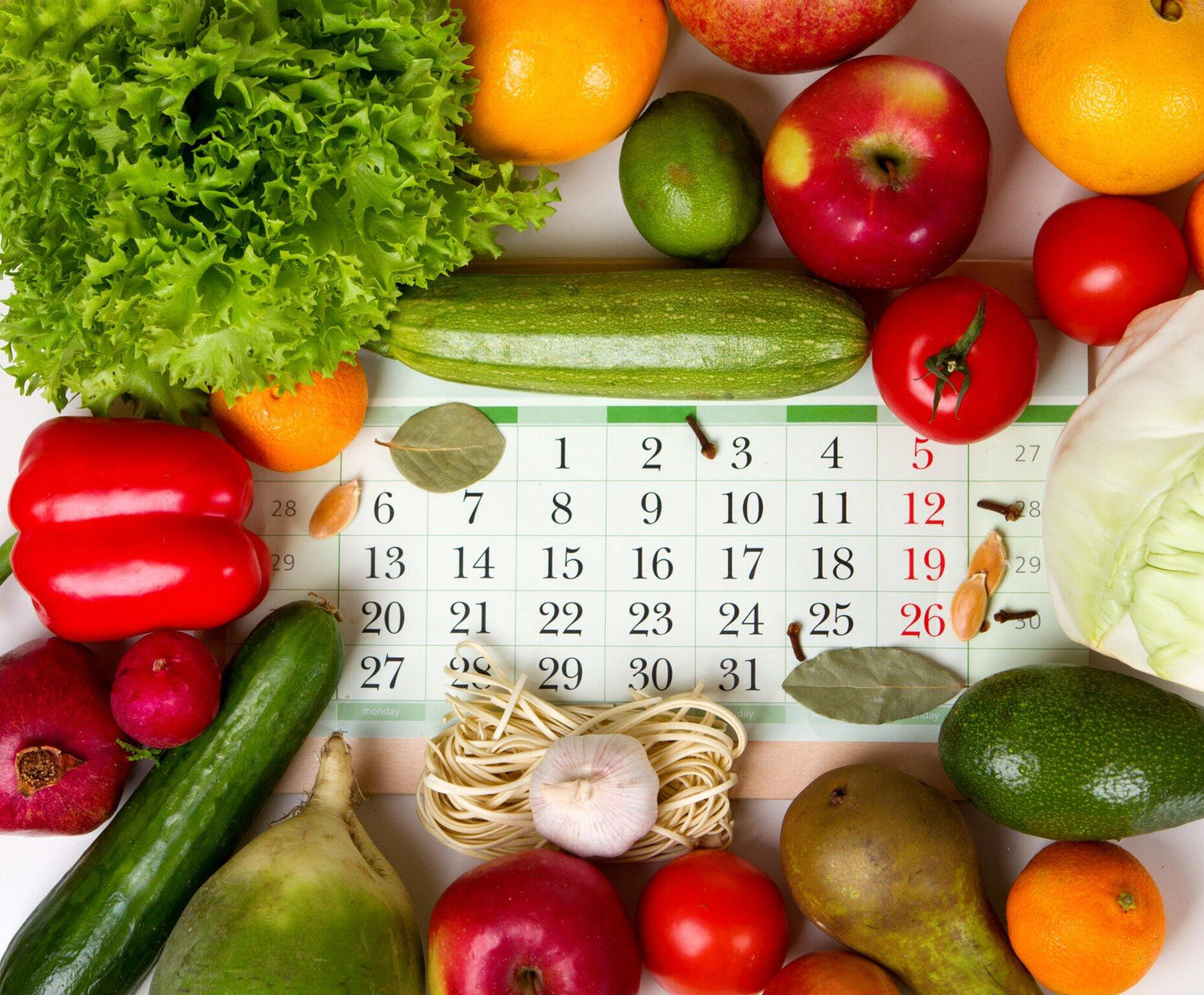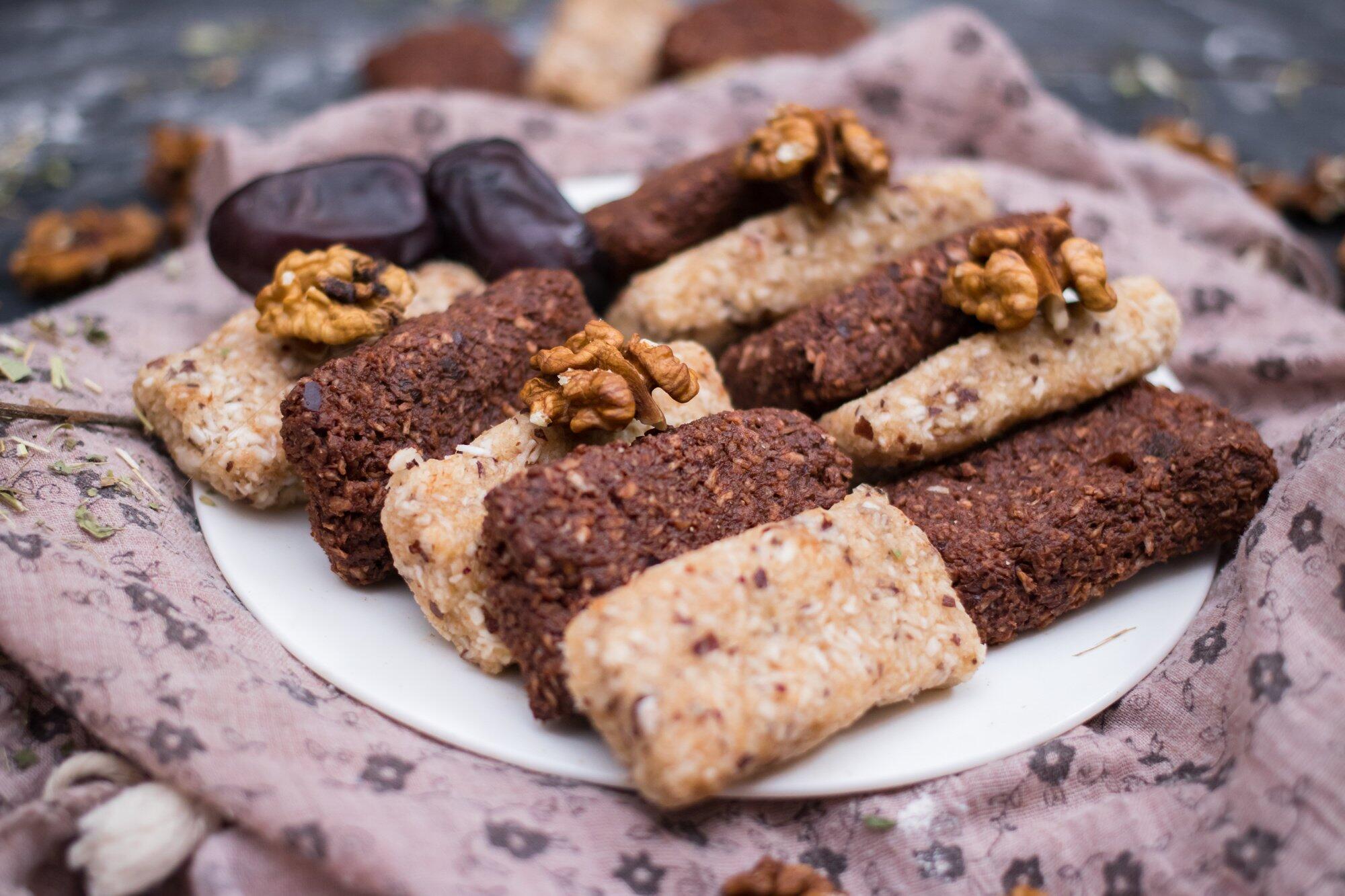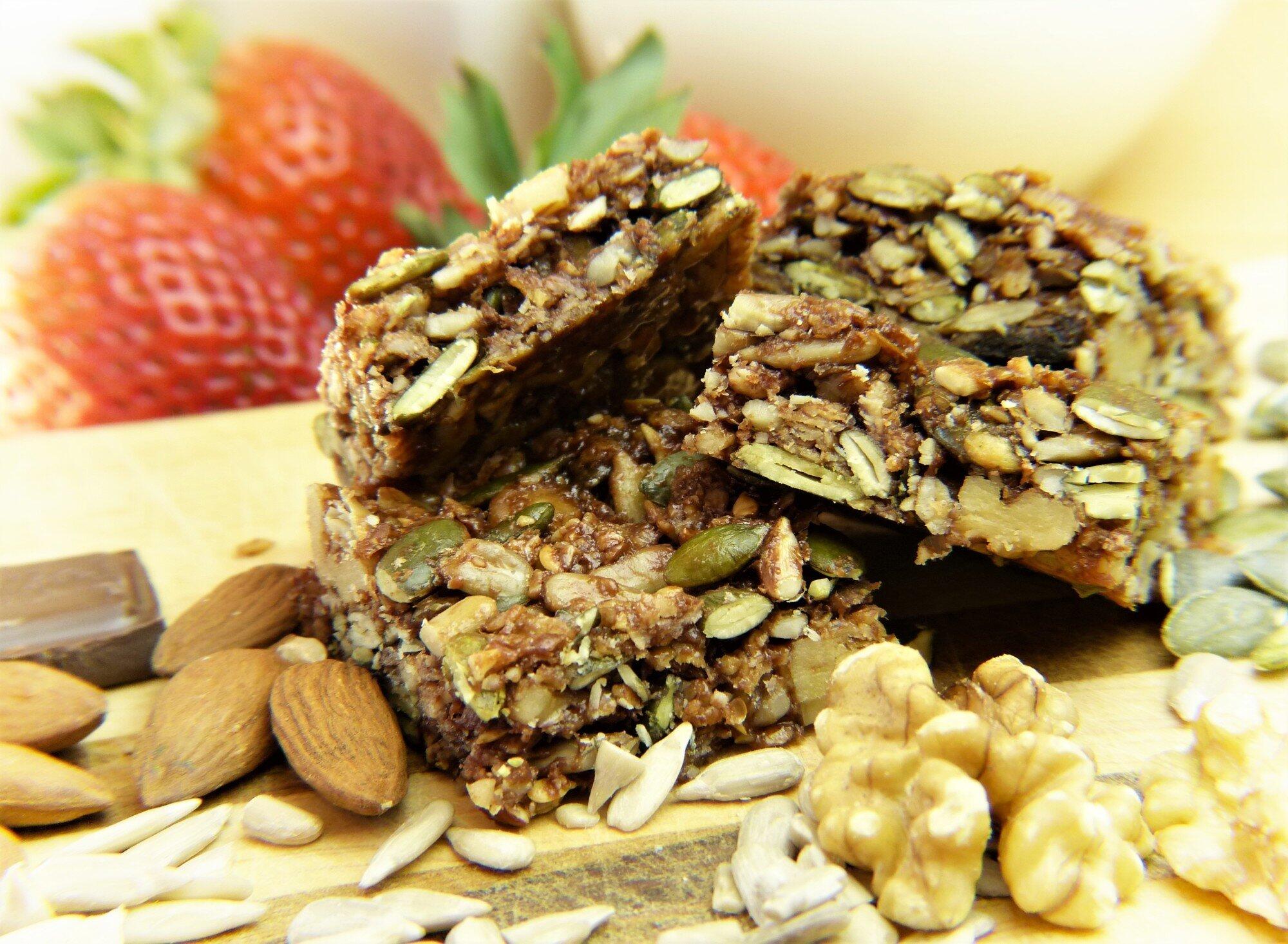You have probably heard of the idea of negative energy balance-that is, you need to consume fewer calories than you expend, so you can have a deficit. That way you can successfully lose weight and get that body you dream of.
Of course, you don't want to overdo this, as it could result in health problems. That's where the 1700-calorie meal plan comes in.
It's a versatile and effective approach to meeting nutritional needs while maintaining a calorie-conscious lifestyle. In this comprehensive guide, we will explore the principles, benefits, and considerations of a 1700-calorie meal plan, offering practical insights into crafting nourishing and satisfying meals.
Understanding the Basics of a 1700-Calorie Meal Plan
A 1700-calorie meal plan is designed to provide an adequate and balanced amount of energy for individuals with varying lifestyles and health goals. Whether you are aiming for weight maintenance, weight loss, or simply seeking a structured approach to healthy diets, this meal planning can be tailored to suit your needs.
In this diet, you want to aim for a macronutrient distribution as follows:
- Carbohydrates: 45-65% of total calories
- Protein: 10-35% of total calories
- Fat: 20-35% of total calories
Fiber-Lots of It
One easy way you can fill your belly and feel less hungry all the time is by consuming a lot of fiber. That's how this diet will be easier to stick to.
Aim for a minimum of 25 grams of fiber per day from whole grains, fruits, vegetables, and legumes. Adequate fiber supports digestion, helps maintain steady blood sugar levels, and contributes to satiety.
Eat Healthier Components
Prioritize nutrient-dense foods such as lean proteins, whole grains, fruits, vegetables, healthy fats, and low-fat dairy or dairy alternatives. These foods provide essential vitamins, minerals, and antioxidants.
Hydration Is Key
Too many Americans are walking around in a state of dehydration. Remember, that you are already dehydrated by the time you feel thirsty. And if you are thirsty, you might mistake that for hunger and eat more calories than intended.
Ensure adequate hydration by drinking water throughout the day. Carry around a reusable water bottle with you, so you never have an excuse.
Water plays a crucial role in various bodily functions, including digestion, nutrient absorption, and temperature regulation.
Crafting a Balanced 1700-Calorie Meal Plan
Now the gist of it all. In this section, you will learn how to build a daily meal plan so you can eat 1700 calories and still feel satiated.
You don't want to end up binging on cookies or pasta at the end of the day because you feel hungry all day long.
Breakfast (Approximately 400-500 Calories)
Breakfast is the most important meal of the day, and never more so than when you are on a diet. Make sure you eat a protein-rich breakfast so you feel fuller for longer, and don't snack in between meals.
Are you the kind of person who doesn't feel hungry in the morning and waits for 10 am or so to have their first bite? Then make a protein-packed smoothie and carry that with you for when you eat your 'breakfast'.
Here's an ingredient sample of a smoothie you could make:
- 1 scoop of protein powder,
- 1 cup of unsweetened almond milk
- 1 banana
- 1 tablespoon of almond butter
- A handful of spinach
- Additional Options: Add Greek yogurt, chia seeds, or berries
If you can fathom the idea of having a full breakfast when you wake up, then an oatmeal bowl is a great meal option.
All you would do is cook one cup of cooked steel-cut oats and top it with sliced strawberries, a tablespoon of honey, and a sprinkle of chia seeds. You can also include a dollop of Greek yogurt or a handful of nuts for added protein and healthy fats.
Mid-Morning Snack (Approximately 100-150 Calories)
If you can't go between meals without eating a snack, then make sure it's a healthy one and low on calories.
One option is a Greek yogurt parfait. All you need to do is take one cup of Greek yogurt and mix it with a handful of blueberries, and a tablespoon of granola. Add a drizzle of honey or a sprinkle of cinnamon for extra flavor.
Another potential option is sliced apples with peanut butter or almond butter. Sprinkle the apple slices with cinnamon or add a few raisins for sweetness.
Lunch (Approximately 400-500 Calories)
If you do it right, you are not going to be famished at lunch as you usually are. This is because you have been eating protein-rich meals until now.
Time to have a protein-rich breakfast as well. This way you can beat those desires to indulge in the birthday cake that someone brings into the office or those doughnuts that are just sitting around the lunch room.
Try a grilled chicken salad for lunch. It's really simple.
Here are the ingredients - grilled chicken breast, mixed greens, cherry tomatoes, cucumber, and a vinaigrette dressing.
Add quinoa, chickpeas, or avocado for extra fiber and nutrients.
Another option could be a quinoa and vegetable bowl. Mix cooked quinoa with roasted vegetables (such as bell peppers, zucchini, and broccoli).
Top it with a lemon-tahini dressing. Include a source of lean protein like grilled shrimp or tofu.
Afternoon Snack (Approximately 100-150 Calories)
If you are in the habit of going for a coffee in the mid-afternoon break with your colleagues, then you are going to have to break that habit or start carrying snacks with you. This way you won't be tempted by the delicious sugar-laden snacks at the coffee shop.
One easy option is hummus and veggie sticks. All you need are two tablespoons of hummus with cucumber, carrot, and bell pepper sticks. Try cherry tomatoes, snap peas, or radishes for variety.
You can also carry hard-boiled eggs and whole-grain or rice crackers with you. Sprinkle the egg with a pinch of salt and pepper or add a side of sliced cucumber.
Dinner (Approximately 500-600 Calories)
Finally, dinnertime!! This is going to be the biggest meal of the day. You need to make it count.
Here you can have baked salmon with quinoa and steamed broccoli. All you need is baked salmon filet, quinoa, and steamed broccoli. Drizzle the salmon with olive oil and lemon juice for flavor.
You can also cook up a lentil and vegetable stir-fry. Use vegetables such as bell peppers, snap peas, and carrots, and serve the stir-fry over brown rice. Add a dash of low-sodium soy sauce or ginger for seasoning.
Benefits of a 1700-Calorie Meal Plan
The 1700-calorie meal plan is versatile and can be adjusted for weight maintenance, loss, or gain based on individual needs and goals. This is its biggest benefit.
Balanced Nutrition
By incorporating a variety of nutrient-dense foods, the meal plan ensures a balanced intake of essential vitamins, minerals, and macronutrients. You will never feel deprived on your 1700-calorie meal plan. Or at least you shouldn't.
Sustainable and Realistic
The plan provides enough flexibility for a realistic and sustainable approach to healthy eating, allowing for a diverse and enjoyable range of foods. This means that you could go out to eat with friends at a restaurant or to a dinner party without feeling like you are going to ruin your diet.
Energy and Performance
Adequate calorie intake supports energy levels and physical performance, making it suitable for individuals with active lifestyles. Too many diets cause you to feel like you are going to faint in the middle of the day because you aren't eating enough. This won't happen on the 1700-calorie meal plan.
Considerations and Tips
Caloric needs vary among individuals based on factors such as age, gender, activity level, and metabolism. It's essential to tailor the meal plan to your specific requirements.
Quality of Calories
Emphasize the quality of calories by choosing whole, minimally processed foods. Prioritize lean proteins, whole grains, fruits, vegetables, and healthy fats for optimal nutrition.
Portion Control
Pay attention to portion sizes to ensure that you are meeting your calorie goals without overeating. Use measuring tools and visual cues to guide portion control.
Sometimes when we are extremely hungry, we don't make the best judgment regarding food. We end up eating more than we need.
Mindful Eating
Try as much as possible to focus only on eating when you are eating. Don't distract yourself by watching TV or reading or being on your phone. This way you will get the signals from your stomach that you are full and not overeat.
Hydration
Alongside a well-balanced diet, staying hydrated is crucial. Aim to drink plenty of water throughout the day to support overall health and well-being.
Reach Your Weight Loss Goals by Following This Meal Plan
It's not easy to reach your weight loss goals in this world which is constantly tempting you with sweet treats and fast food. That's why you need to fill yourself with delicious protein-rich foods so you don't fall off the diet wagon.
Buy protein shakes from Diet on Sale in bulk and ensure that you never run out of the delicious snacks you need to make your diet a success.




Leave a comment
This site is protected by hCaptcha and the hCaptcha Privacy Policy and Terms of Service apply.